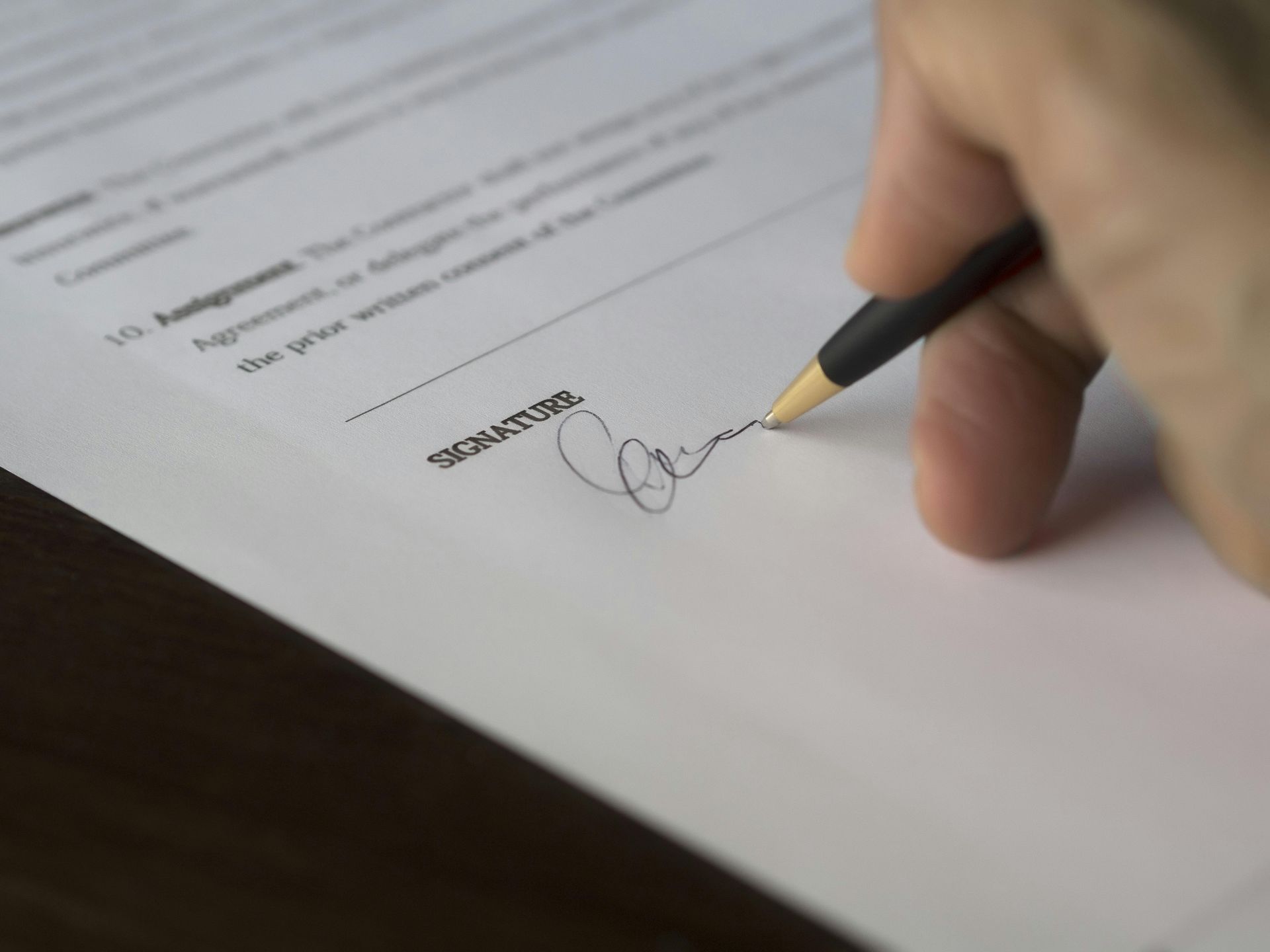Estate Planning
Protect Your Assets.
Having a Will in place is an important first step for everyone to take and for many people they feel it is the only step they need to take, however, there may be further work that could ensure that there is an added level of protection and safety for their assets and families, this is called estate planning.
Inheritance Tax
Inheritance tax (IHT) is a form of tax that is potentially paid on a person’s death. Each person in England and Wales has specific allowances for inheritance tax purposes, anything over these allowances is taxed at 40%. These would be discussed in detail with you during your appointment, as some would be more relevant than others.
Protection of Assets
During the course of your appointment, there may be circumstances where some further estate planning is needed to provide more protection for your assets, this is done by the use of Trusts. There are many different types of trusts that can be used to provide this protection, this would include:
- Bereaved Young Peron’s Trust
- Protected Property Trust
- Vulnerable Person’s Trust
- Discretionary Trust
- Business Property Relief (BPR) Trust
Want more information?

Social Fellow
Latest news


